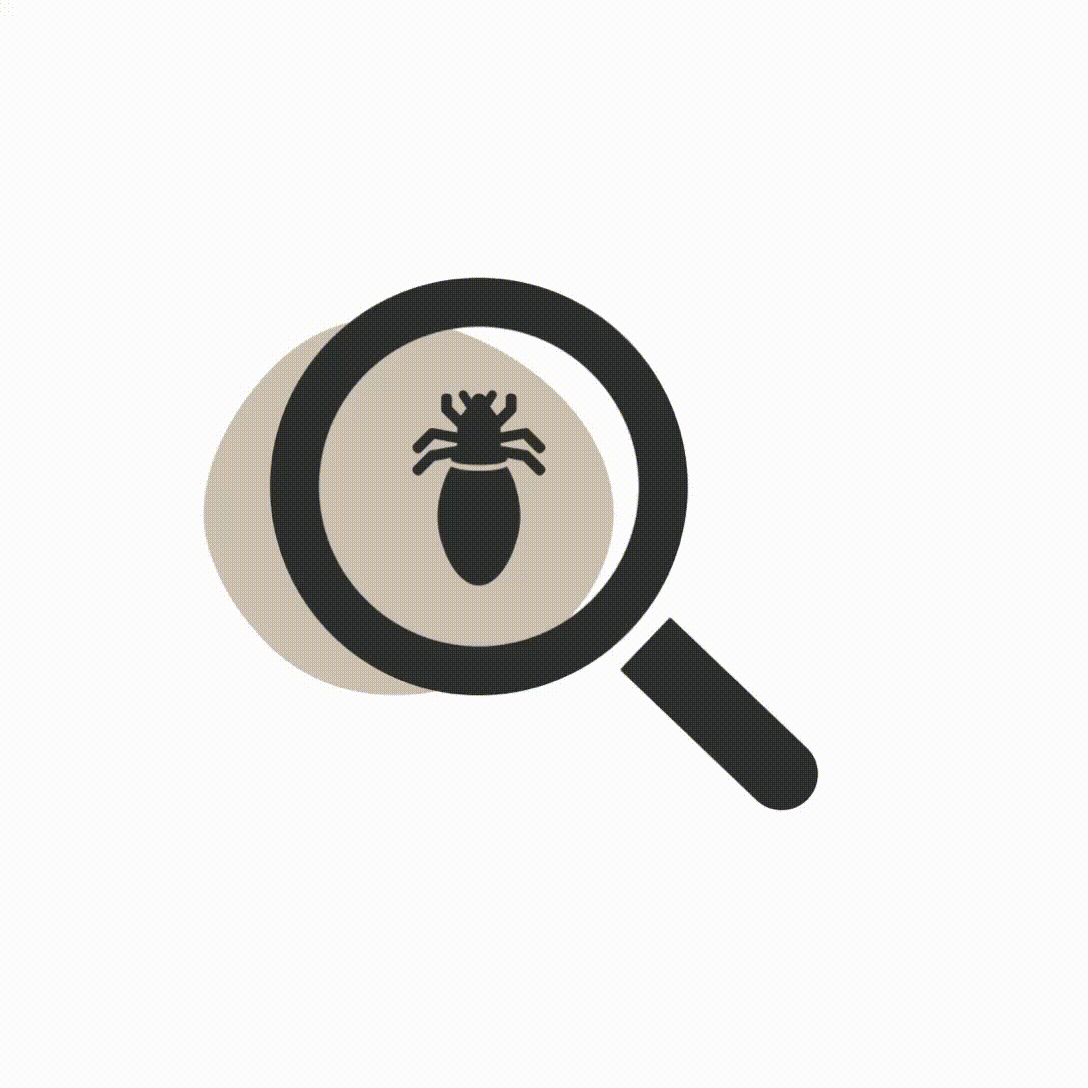
Humans may be infested with three varieties of lice: head lice, body lice, and pubic lice. Head lice are the most common, affecting around 12 million Americans yearly. It is the second most prevalent childhood ailment in the United States, second only to the common cold.
Head lice only live in human hair and don’t leave the head unless manually removed. They feed on human blood multiple times a day yet do not spread disease. Head lice do not discriminate; anybody, regardless of age, ethnicity, or hygiene, can get head lice.
What are the different colors of lice?
Let’s get this first myth out of the way right now. Head lice do not simply come in brown or white. Head lice come in various colors: dark brown, light brown, tan, gray, red, and even transparent white! As you might expect, those transparent lice are very difficult to spot yet highly prevalent.
Why Do Lice Have Different Colors?
Newly Hatched: Head lice are masters of being able to blend in with hair and skin color. When head lice initially hatch, they are almost entirely transparent.
Adult Head Lice: When lice reach adulthood, their color darkens in response to their environment. Those with blonde or light brown hair are more likely to have tan or light brown adult lice.
Darker Head Lice: You’ll typically find dark gray to black lice for those with black hair or dark skin.
Why Do Some Lice Turn Red?
Head lice are like vampires, feasting on human blood numerous times a day. In reality, lice that fall off the head and cannot feed on human blood generally die within 24 hours.
After feeding, lice get nice and plump on blood. Their stomachs fill with blood, and their entire abdomen expands. The most terrifying aspect is that the blood-red hue seeps into every area of their body. Lice turn entirely crimson shortly after eating.
What Lice Look Like: Shape and Appearance
Both super lice and regular lice have the following distinguishing characteristics:
- Six legs are linked to the upper ⅓ of the body (not attached to their abdomen)
- There are no wings.
- Various colored bodies (as shown above), darker bodies as they grow and after they die
- Translucent body with black stomach/intestines (larger after feeding)
- Antennae
- Legs that are tapered/claw-like
Ages and Stages
Initially, lice lay eggs (called nits) in the hair. Each lice egg contains one lice insect, which hatches in 7-10 days. They are really tiny when they hatch.
Nymphs are the little baby lice. Nymphs have all of the same characteristics as adults, including six legs. Still, they are EXTREMELY tiny, practically undetectable to the naked eye.
Furthermore, they are nearly fully translucent. The only thing visible on translucent lice is their dark brown or black stomachs.
Head Lice Actual Size
You’ve seen many close-up photographs of head lice, but determining the actual size of lice may be difficult. Some websites suggest that lice are the size of a sesame seed, although this isn’t fully correct.
Adult head lice can reach the size of a sesame seed (approximately 3mm long), while nymphs are considerably tiny, often measuring less than 0.5mm. These little lice are extremely difficult to detect.
Super Lice
The fourth type of lice getting attention these days is a new strain of head lice known as super lice. Super lice and common head lice are almost identical bugs, except that super lice contain mutations that make them (and their eggs) incredibly difficult to kill. These super lice have quickly become the “new” and most visible variety of head lice.
The Difference between Regular Head Lice and Super Lice
Regular head lice and super lice appear and act identically; the only difference is that super lice will not die when treated with traditional pesticide treatments. Unfortunately, almost all lice worldwide are becoming resistant to traditional pesticide therapies. According to the most current study in the United States, 98% of lice are “super lice,” which are immune to traditional pesticide lice treatments.
If It’s Lice…
The most important thing for you to keep in mind is that the majority of head lice seen nowadays are super lice. That implies they won’t die from using common remedies like petroleum jelly, mayonnaise, and olive oil from the supermarket.
But if it’s lice, don’t worry. There is good news because Licefreee is here to help you and eliminate the creeps at the end of the day!
Licefreee! has been assisting families in getting rid of head lice for over 20 years. Our objective has always been to give families a safe and effective way to deal with head lice infestations. Our products are non-toxic, employ sodium chloride to kill head lice and nits, and successfully treat “super lice” infestations when traditional pesticide treatments fail.
If you’re ready to tackle your head lice problem with America’s best-selling non-toxic lice treatment, visit our products page.
